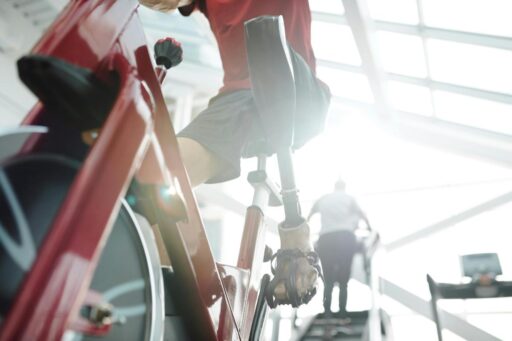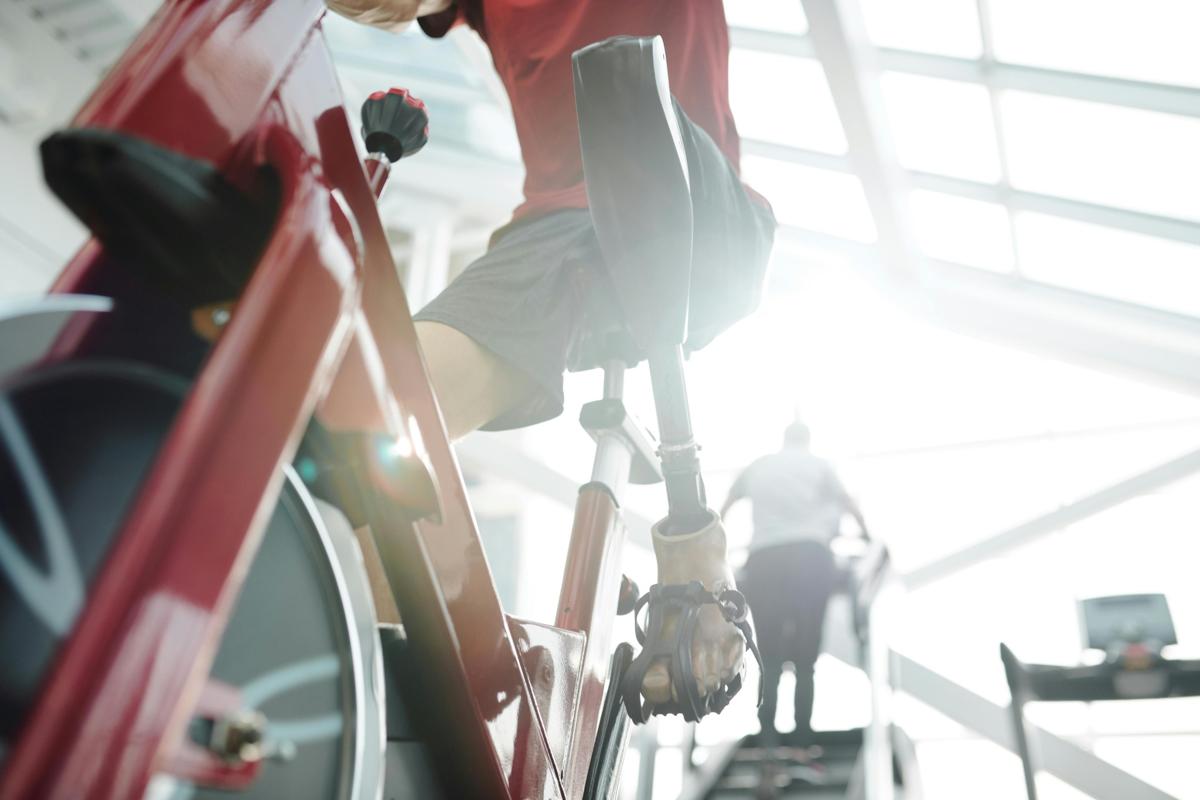Exercise Bike Fitness — Still a Worthwhile Workout?
Healthy’s Summary
Is the exercise bike still worth your time? Short answer: absolutely. If you were wondering whether hopping on that stationary bike actually counts as effective cardio, the answer is a solid yes. Stationary cycling checks a lot of boxes—it’s low-impact, heart-pumping, sweat-dripping, and customizable to almost any fitness level. And the keyword here? “Accessible.” Whether you’re recovering from an injury or just hate running, the exercise bike gives you options.
If you’ve ever underestimated a bike session because it felt “too easy” or “too old school,” you’re not alone. But like most fitness tools, it’s all about how you use it—and what your body needs right now. Let’s break down why this old standby might deserve a fresh look.
Why Do People Still Use Exercise Bikes? And Should You?
You’ve seen them: rows of stationary exercise bikes, quietly spinning while everyone rushes toward the treadmills or free weights. You may even have one, tucked away and forgotten in that unused corner of your basement. So why do so many fitness professionals still recommend them?
Here’s the thing: exercise bikes are incredibly versatile and still relevant. They can provide a gentle warmup, a sweat-drenched interval blast, or a steady-state cardio session that helps burn fat without wrecking your joints.
They’re also great for:
- People returning from injury or dealing with joint issues
- Cross-training for runners and athletes
- Improving cardiovascular health with low risk
- Tuning into your body (you’re seated, so balance and form are less distracting)
But the biggest overlooked win? Consistency. Because bikes are comfortable and less intimidating, they’re easier to stick with—especially when motivation wavers.
Is It Really as Effective as Running or HIIT?
Let’s be honest: if you’re chasing maximum calorie burn in minimum time, running or HIIT might edge out the bike. But that doesn’t make bike workouts “less than”—especially if you’re not physically up for pounding pavement or jumping around.
What matters more is how you ride. Are you zoning out while pedaling lazily? Or are you working through resistance changes, cadence intervals, or virtual hills?
Exercise bikes (especially newer models like Peloton or smart trainers) can deliver a killer cardio workout. A 2019 review even found that indoor cycling improved aerobic capacity, blood pressure, lipid profile, and body composition. According to the NIH, regular sessions on an exercise bike can improve cardiovascular endurance, help regulate blood sugar levels, and boost mood. Even a 20-minute session can increase circulation and oxygen flow to your brain. And if you’re working at higher resistance or incorporating intervals? You are building strength, especially in your quads, glutes, and calves.
Here’s where the nuance kicks in: effectiveness depends on intensity, duration, and frequency. If you ride hard and ride often, you’ll see strength, stamina, and metabolic benefits—without the stress on your knees or hips.
The Mental and Practical Side of Indoor Cycling
Sometimes, the best workout is the one you’ll actually do—and bikes lower a lot of barriers. Weather? Doesn’t matter. Gym intimidation? Bikes are user-friendly. Don’t want to change clothes or shower immediately after? You can go light and still get your heart rate up.
Mentally, indoor cycling offers a chance to zone in—or zone out. Need to burn off stress? Crank up the resistance. Want something meditative and rhythmic? Settle into a steady pace. You’re in control.
There’s also the growing popularity of gamified rides and scenic apps. You can climb the Alps or ride through Tokyo—all without leaving your living room. These tools add variety, accountability, and just enough novelty to make it feel less like a chore.
Ask Healthy
When Does an Exercise Bike Not Work for You?
Not everything is for everyone. If you’re someone who needs variety or outdoor stimulation, a stationary bike might feel stale after a while. For folks with certain back or hip issues, sitting on a bike for too long might exacerbate discomfort. And if you’re chasing big gains in upper body strength, you’ll want to supplement with weights or bodyweight resistance work.
Some people also overestimate how much they’re doing on the bike, especially if they’re multitasking or not adjusting resistance. The illusion of movement isn’t always movement that matters.
The Takeaway
Exercise bike fitness is still incredibly worthwhile—especially when done with intention. It’s not just a fallback when you’re injured or short on time. It’s a legitimate form of cardio, strength, and mental reset. Whether you’re coming back from burnout, easing into a new routine, or just looking for a no-fuss way to move your body, the exercise bike belongs in your toolkit.
Want help staying motivated? Check out 10 Proven Strategies to Build a Consistent Workout Routine (and Stick with It!)—especially if the bike is just the beginning of your comeback.
Want to dig deeper?
Get in Shape: A Fresh Start
Ready to take charge of your fitness and health this year? “Get in Shape: A Fresh Start” helps you build sustainable habits for both activity and nutrition. Whether you’re aiming to lose weight, gain muscle, or just feel better, this program provides personalized tips, tracks your progress, and keeps you motivated. From meal guidance to fitness routines, you’ll have the tools you need to make lasting changes and see results. Let’s start strong and keep the momentum going all year long!
Enroll in one of Healthy’s Programs to log, track and learn more about your Health, one conversation at a time.
Learn More




